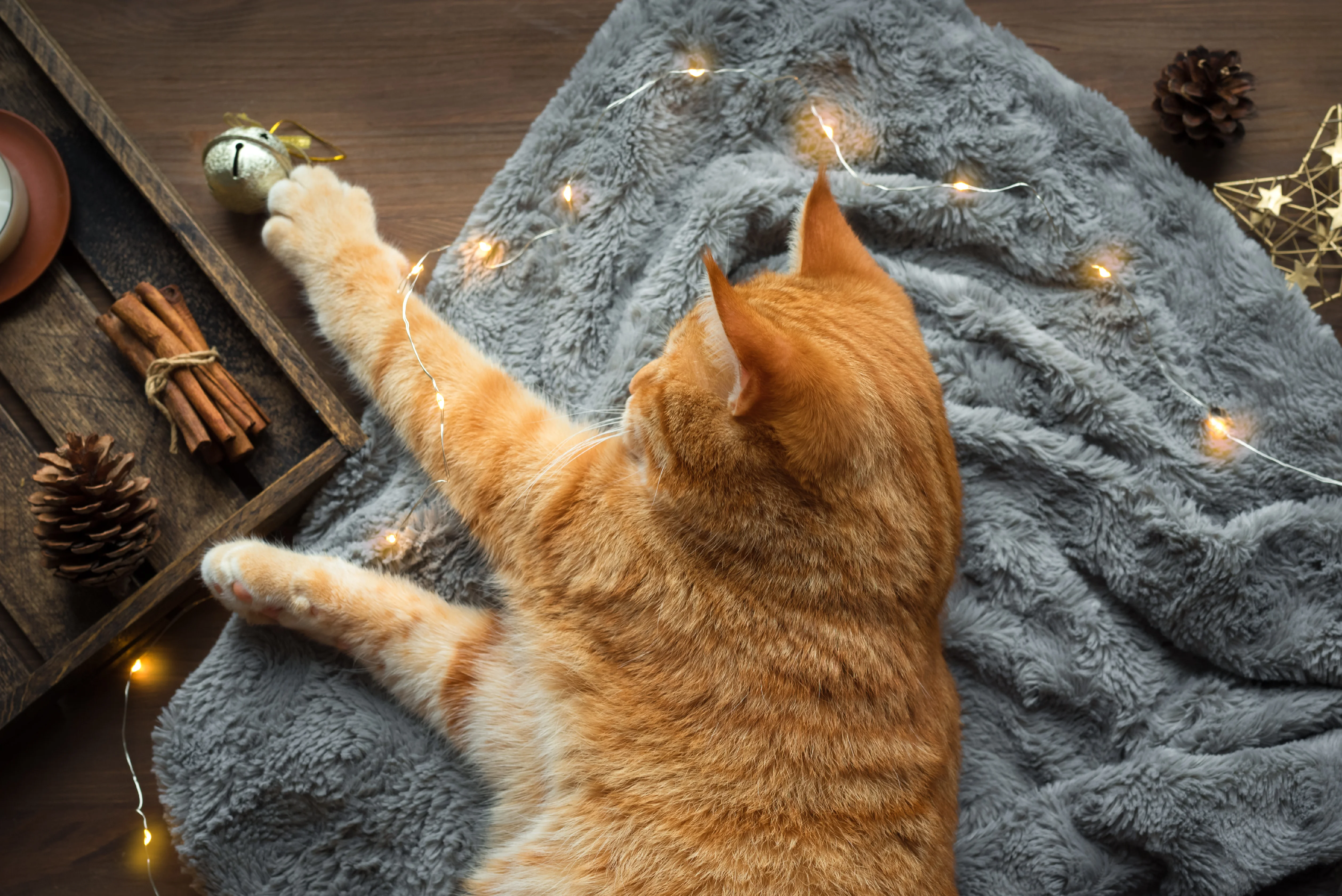Cat insurance: Learn why cat insurance is essential for every cat owner. Explore the coverage options, benefits, & tips to keep your cat friend protected & happy!
Cat insurance: A guide for cat owners
Being a cat parent is like living with a tiny, furry royalty—complete with diva demands, dramatic glares, and, of course, unconditional love. From their hypnotic purring to their tendency to knock everything off the table (because why not?), cats keep us endlessly entertained. But when it comes to their health, the stakes get serious, and those vet bills?
Let’s just say your wallet might start purring louder than your cat. That’s where cat insurance comes in—a smart solution for your feline friend’s well-being. So, let’s hop on to understand cat insurance, busting some common myths.
What is cat insurance?
Cat insurance is a type of pet insurance designed specifically for cats. It helps cover the costs associated with veterinary care, for both routine check-ups and unexpected medical emergencies. There are various types of policies available, allowing cat parents to select a plan that best fits their budgets and the needs of their cats.
How does cat insurance work?
When you take your cat to the vet, you pay for the services upfront. Thereafter, you submit a claim to your insurer for reimbursement based on your policy's terms.
Here are some key components of how cat insurance works:
Premiums: This is the monthly or annual fee you pay for your insurance policy. Premiums can vary based on factors such as your cat’s age, breed, and health history.
Deductibles: This is the amount you must pay out of pocket before your insurance coverage kicks in. Policies may have annual deductibles or per-incident deductibles.
Reimbursement rates: After meeting your deductible, your insurer will reimburse you a percentage of the vet bill. Common reimbursement rates range from 70% to 90%.
Waiting periods: Most policies have waiting periods before coverage begins for certain conditions, typically ranging from a few days to several weeks.
Exclusions: It's important to read the fine print; some policies may not cover pre-existing conditions or specific breeds prone to certain health issues. For example, Persian cats are prone to respiratory illnesses.
Why do you need cat insurance?
Rising cost of veterinary care
Veterinary care costs have been on the rise in recent years. Routine check-ups, vaccinations, dental care, and emergency treatments can quickly add up. For example, a simple visit for an ear infection can cost between INR 1500 and 5000, while an emergency treatment can easily exceed INR 50,000 or more depending on the severity of the condition. With these expenses in mind, having cat insurance can provide significant financial relief.
Peace of mind for pet owners
Knowing that you have financial support in case of an emergency allows you to focus on what truly matters—your cat's health and happiness. With insurance coverage, you can make decisions based on what’s best for your pet rather than worrying about depleting your savings.
Benefits of cat insurance
Financial protection
By having a policy in place, you can save money in the long run, especially if your cat develops a chronic condition or experiences an accident. Having a financial cushion can make a significant difference during stressful times when your pet's health is at stake.
Access to quality care
With insurance coverage, you can ensure your cat receives prompt treatment, whether it's visiting specialists for advanced diagnostics and treatments or accessing emergency clinics that offer essential immediate care, even if their fees are higher.
Preventive care coverage
Many cat insurance policies offer wellness plans that cover preventive care services such as vaccinations, routine check-ups, dental cleanings, and flea/tick prevention. These services are essential for maintaining your cat's long-term health and can help catch potential issues early before they become serious—and expensive—problems.
How to choose the right cat insurance policy?
When selecting a cat insurance policy, consider a few of these important factors:
Age and breed: Some breeds are more prone to certain health issues; older cats may also have pre-existing conditions that affect coverage options.
Coverage options: Assess whether you want accident-only coverage or a comprehensive plan that includes wellness care.
Deductibles and reimbursement rates: Choose a deductible that fits within your budget and select a reimbursement rate that aligns with your financial situation.
Exclusions: Carefully read through what is not covered by the policy to avoid surprises later.
Conclusion
With rising veterinary costs and unexpected medical emergencies becoming increasingly common, having a solid insurance plan provides not only financial protection but also peace of mind.
As you consider your options, take the time to research different policies thoroughly based on coverage options and customer feedback. Remember that investing in your cat's health today can lead to significant savings—and a happier life for our cats.
FAQ
What happens if my cat has a pre-existing condition?
Most policies do not cover pre-existing conditions; it's important to disclose all known issues when applying.
Disclaimer
Zurich Kotak General Insurance currently does not provide cat or pet insurance. The content of this article is intended solely for informational purposes and should not be construed as an offer, solicitation, or advice for insurance coverage.

Get Quick Quote


